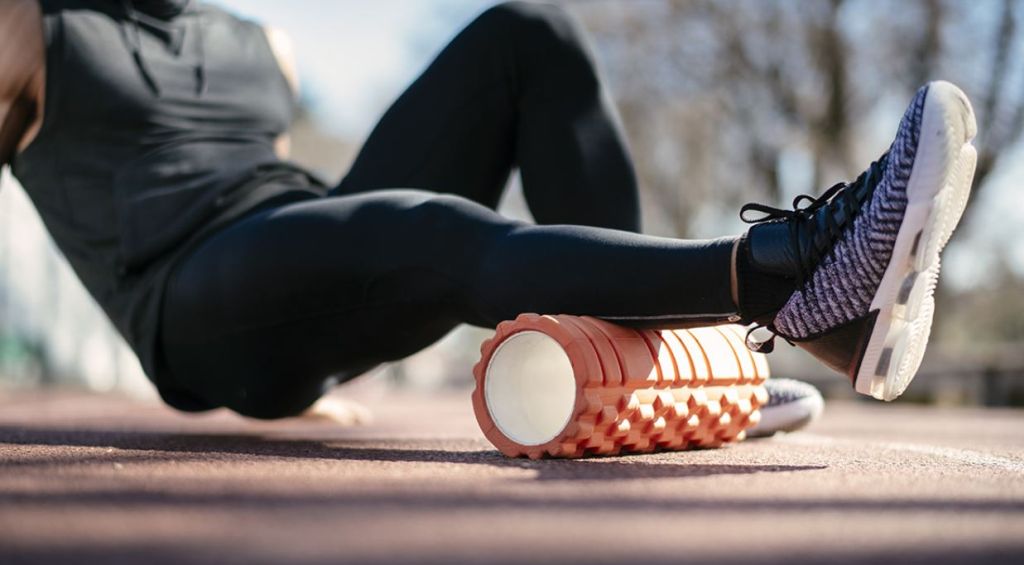Recovery from injury, surgery, or chronic conditions can be a challenging process, but advances in medical science and holistic approaches are revolutionizing healing. Today, cutting-edge treatments and personalized care plans make recovery more efficient, effective, and tailored to everyone’s unique needs. Let’s explore these advanced healing solutions and how they reshape our thoughts about recovery.
Personalized Care as the Foundation of Healing
No two recoveries are identical, so personalized care lies at the heart of advanced healing solutions. Healthcare providers now emphasize individualized treatment plans that address a person’s medical history, lifestyle, and goals. Personalized care ensures treatments are effective and compatible with what the patient needs.
For example, sports medicine has embraced this approach. Athletes recovering from injuries are no longer handed one-size-fits-all rehabilitation protocols. Instead, they receive targeted therapies designed to match the exact nature of their injury and performance goals. Similarly, cancer patients undergoing chemotherapy may receive tailored nutritional plans and physical therapies to combat side effects while optimizing their recovery rates.
Innovative Treatments Driving Recovery Forward
Modern medicine continues to push boundaries, introducing treatments that feel straight out of a science fiction movie. Hyperbaric oxygen therapy (HBOT) is one such innovation. This treatment involves breathing pure oxygen in a pressurized chamber, which stimulates the body’s natural healing processes. HBOT has been used successfully for conditions such as non-healing wounds, traumatic brain injuries, and even chronic fatigue.
Cold laser therapy is another technique gaining traction. Using low-level lasers, this therapy targets specific areas of the body to reduce pain, inflammation, and swelling. It’s particularly popular among patients with arthritis or sports injuries who need efficient, non-invasive options for recovery.
Virtual reality (VR) technology is also making waves in rehabilitation. VR is not just for gaming; now, it’s used to help patients recover from strokes or spinal injuries and relearn motor skills in a controlled, immersive environment. This innovative approach is highly engaging for patients, making their recovery process less clinical and more interactive.
Peptides have emerged as a new drug, creating opportunities for people to treat various health conditions, among them is tb-500 10mg which promotes muscle repair, among other things.

The Role of Technology in Speeding Up Recovery
Technology is playing a key role in redefining how we heal. From wearable medical devices to artificial intelligence (AI)-driven diagnostics, modern tools transform recovery pathways in ways we couldn’t imagine a decade ago.
One groundbreaking technology is the use of regenerative medicine. This includes treatments like platelet-rich plasma (PRP) therapy and stem cell therapy, which use the body’s natural systems to repair damaged tissues more quickly. These innovations are particularly impactful for orthopedic and musculoskeletal injuries.
Another exciting advancement is robotic-assisted physical therapy for patients recovering from strokes or mobility impairments. Robotics help patients relearn movement with enhanced precision, allowing the body to regain function faster and more efficiently.
Wearables like fitness trackers and smart rehabilitation devices also provide real-time feedback to patients and clinicians. By monitoring heart rate, steps, and body movements, these devices help optimize recovery routines and track progress accurately. Imagine being able to adjust your physical therapy exercises in real-time based on data from a wearable device—this level of precision can make all the difference.
Integrating Traditional and Modern Approaches
While advanced technologies transform recovery, integrating time-tested traditional methods can create a more holistic healing process. Many health experts now blend conventional medicine with alternative therapies to address physical, mental, and emotional well-being.
For instance, acupuncture has been successfully incorporated into pain management strategies for recovering patients. Studies suggest that acupuncture can help reduce inflammation and promote endorphin release, making it a valuable supplement to modern pain relief methods.
Yoga and meditation are also gaining recognition in recovery programs. These practices not only support physical healing through improved flexibility and strength but also enhance mental clarity and stress reduction. Many rehabilitation centers now offer yoga as part of their post-surgery or injury recovery programs to help patients manage anxiety and build resilience.
Even dietary practices from traditional cultures are being incorporated into recovery plans. Anti-inflammatory diets, for example, emphasizing whole foods like turmeric, ginger, and green vegetables, have become popular among those looking to reduce swelling and promote healing from within.
Why Holistic Recovery Matters
Recovery is about more than just the body—it’s about restoring health and balance to every aspect of life. A successful recovery plan combines physical treatments with emotional and psychological support, ensuring patients feel whole again when they finish their healing journey.
This holistic focus can also include addressing sleep hygiene, managing stress, and fostering strong social support systems. For example, counseling or group therapy may play a significant role in helping patients who experience depression or anxiety during long recovery processes.
Healthcare providers now recognize that healing isn’t just about fixing what’s broken but building the resilience needed to avoid future issues. Patients are encouraged to adopt long-term habits that support their overall well-being, such as maintaining an active lifestyle, prioritizing nutrition, and staying mindful of their mental health.



